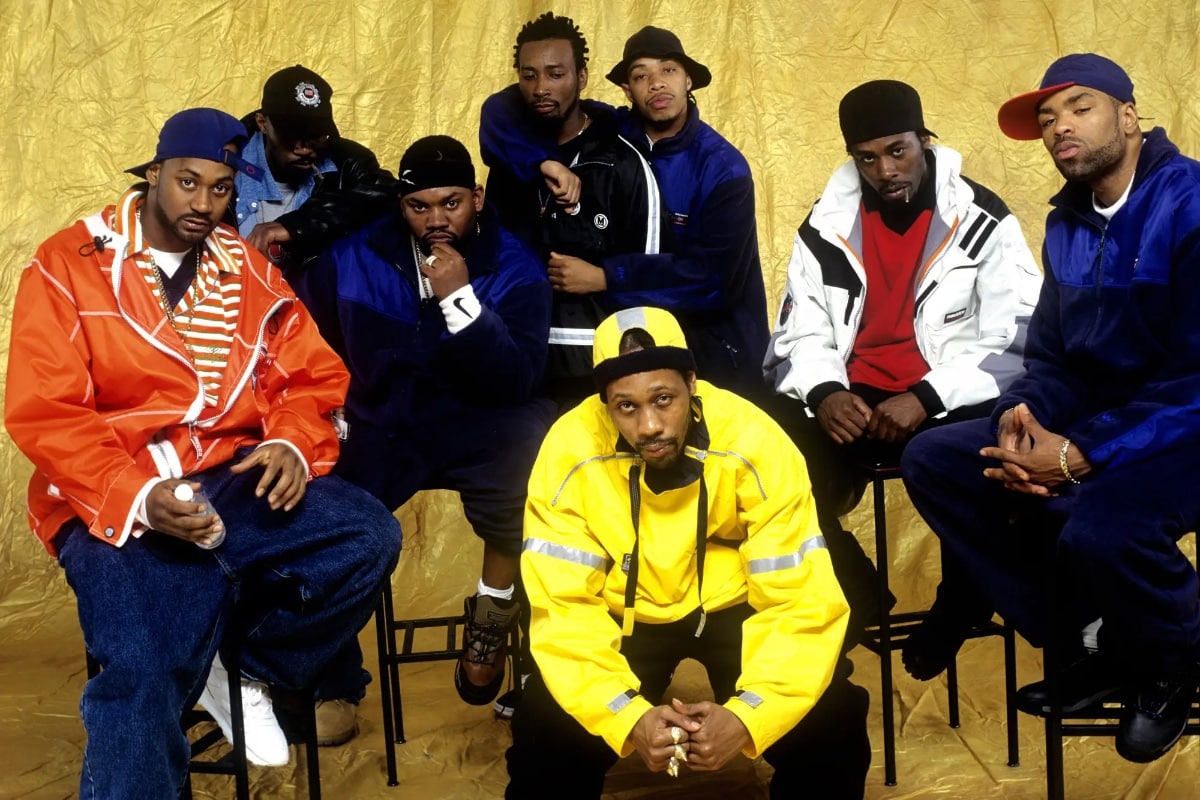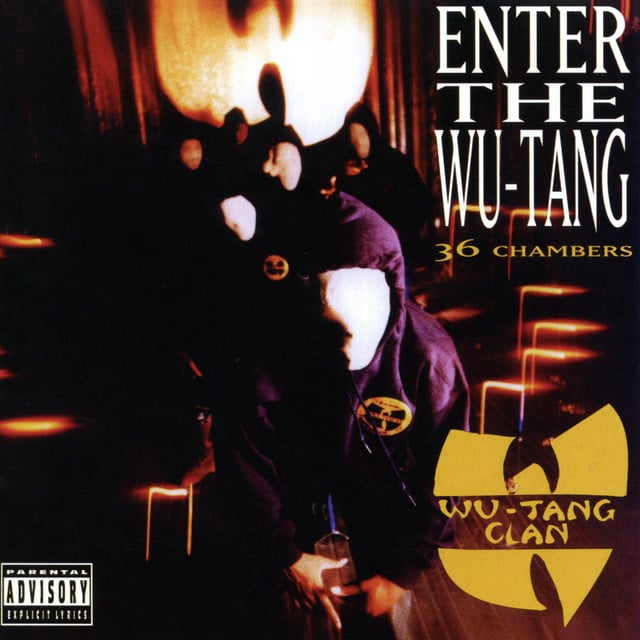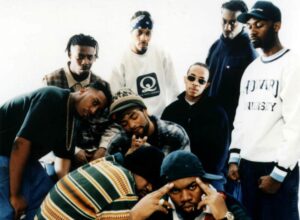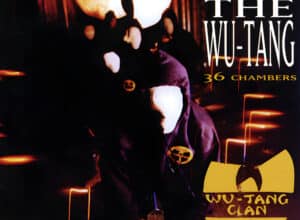When you think about hip hop royalty, one name stands head and shoulders above the rest, weaving a saga that’s as intricate as it is influential: Wu-Tang Clan. This isn’t just a group; it’s a cultural movement, a dynasty that redefined not only East Coast hip hop but the very fabric of the music industry. From the gritty streets of Staten Island, Wu-Tang emerged, wielding their lyrical swords like Shaolin monks, with a raw energy that was as mesmerizing as it was groundbreaking.
The genesis of Wu-Tang Clan is a tale of resilience and artistic vision. The late 1980s saw cousins Robert Diggs, Gary Grice, and Russell Jones join forces to form a group that was initially known as Force of the Imperial Master. This early endeavor didn’t catapult them to fame, but it did lay the groundwork for what was to come. Despite the setbacks, including stints with record labels that eventually dropped them, Diggs and Grice, who would later become known as RZA and GZA, refused to give up. Ol’ Dirty Bastard (Russell Jones) also found his unique voice during this period, setting the stage for something unprecedented.
RZA, with his vision and production genius, became the architect of the Wu-Tang sound. This sound was a blend of gritty, raw beats, and samples that echoed the soul and funk eras, fused with Eastern philosophy, street vernacular, and a dose of comic book and martial arts fascination. The name Wu-Tang itself, derived from the kung fu film “Shaolin and Wu Tang,” was symbolic of this unique fusion.

In 1993, the world was introduced to “Enter the Wu-Tang (36 Chambers),” an album that was more than just a collection of tracks. It was a manifesto, a declaration of a new era in hip hop. This album wasn’t just well-received; it revolutionized the genre, bringing the focus back to the East Coast during a time when West Coast hip hop was dominating the airwaves. The raw, unpolished energy of tracks like “C.R.E.A.M.” and “Protect Ya Neck” resonated with listeners and brought the harsh realities of street life into stark focus.
But Wu-Tang’s innovation wasn’t just in their music. Their approach to the business side of the industry was just as groundbreaking. The Clan negotiated a landmark deal allowing Wu Tang clan members to pursue solo projects with other labels while still remaining part of the group. This strategy not only showcased the individual talents of members like Method Man, Ghostface Killah, and Raekwon but also kept the Wu-Tang brand in the public eye.
Each solo project released between 1994 and 1996, from Method Man’s “Tical” to GZA’s “Liquid Swords,” was a testament to the diverse talents within the group. These albums were not just side projects; they were extensions of the Wu-Tang universe, each contributing a unique voice to the collective’s mythology.
1997’s “Wu-Tang Forever” was more than just a follow-up album; it was a double-disc powerhouse that showcased the Clan’s evolution. It debuted at the top of the charts, proving that their appeal wasn’t fleeting. However, it wasn’t just commercial success that defined Wu-Tang’s journey. The group’s influence extended beyond music, launching the careers of numerous affiliated artists under the banner of the Wu-Tang Killa Bees.
As the new millennium dawned, Wu-Tang continued to evolve. Albums like “The W” and “Iron Flag” may not have reached the commercial heights of their predecessors, but they solidified the Clan’s place in the annals of hip hop. Even as they faced internal strife and the tragic loss of Ol’ Dirty Bastard in 2004, Wu-Tang’s legacy continued to grow.
The Clan’s influence permeates not just music but also fashion, video games, and pop culture at large. Wu Wear, their clothing line, and their presence in games like “Wu-Tang: Shaolin Style” are testaments to their cultural impact. RZA’s foray into film scoring and the group’s various solo projects have kept the Wu-Tang ethos alive.
The Clan’s journey reached a new level of intrigue with the 2015 saga of “Once Upon a Time in Shaolin,” a single-copy album that captured headlines for its unique approach to distribution and its subsequent purchase by controversial figure Martin Shkreli. This move was quintessential Wu-Tang, challenging industry norms and sparking debate.
As we look at Wu-Tang Clan’s journey, it’s clear that they are more than just a hip hop group. They are innovators, cultural icons, and, above all, relentless in their pursuit of artistic integrity and innovation. Their story isn’t just about music; it’s about overcoming adversity, staying true to one’s vision, and leaving an indelible mark on the world. The Wu-Tang Clan didn’t just enter the 36 Chambers; they built them, and in doing so, they built a legacy that will echo through the halls of hip hop history forever.
Would you like to learn more? Dive deeper into the depths of Wu-Tang Clan in our featured articles below.








